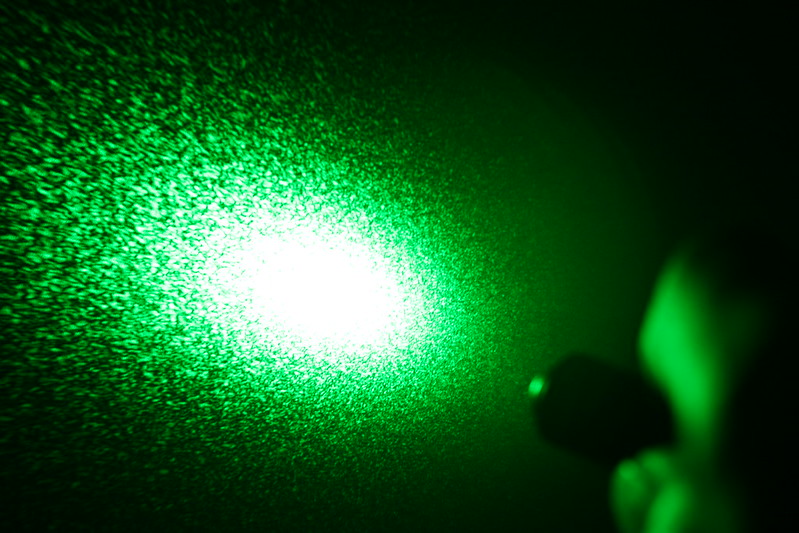Dr. Ganesan Khrishnan
A laser is a device that emits light through a process of optical amplification based on the stimulated emission of electromagnetic radiation. The term “laser” originated as an acronym for “light amplification by stimulated emission of radiation”. Lasers are used in optical disk drives, laser printers, barcode scanners, DNA sequencing instruments, fiber-optic, semiconducting chip manufacturing (photolithography), and free-space optical communication, laser surgery, and skin treatments, cutting and welding materials, military and law enforcement devices for marking targets and measuring range and speed, and in laser lighting displays for entertainment. They have been used for car headlamps on luxury cars, by using a blue laser and a phosphor to produce highly directional white light.
Photonics is the physical science of light (photon) generation, detection, and manipulation through emission, transmission, modulation, signal processing, switching, amplification, and sensing. Though covering all light’s technical applications over the whole spectrum, most photonic applications are in the range of visible and near-infrared light. The term photonics developed as an outgrowth of the first practical semiconductor light emitters invented in the early 1960s and optical fibers developed in the 1970s.




